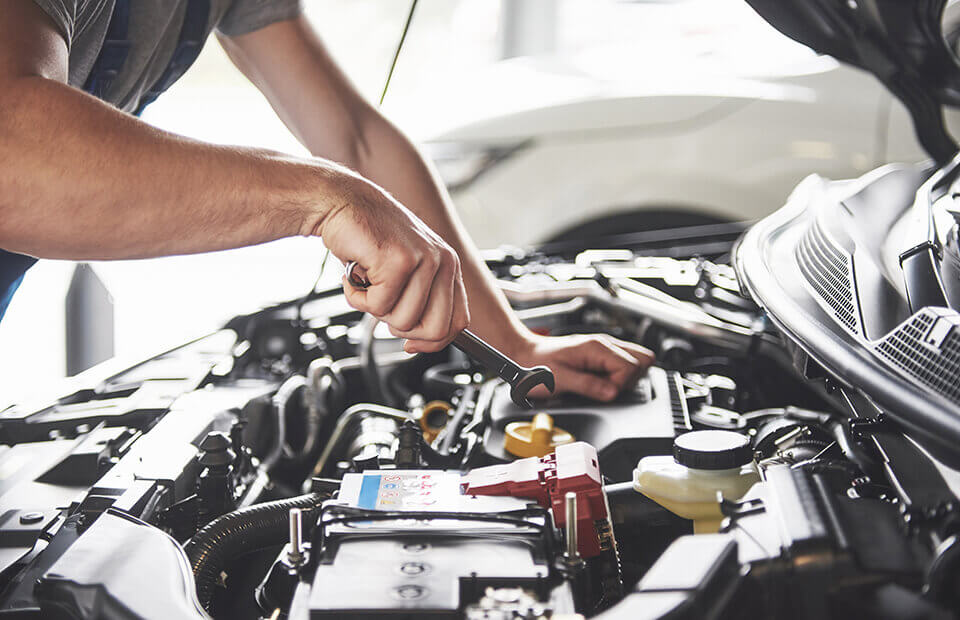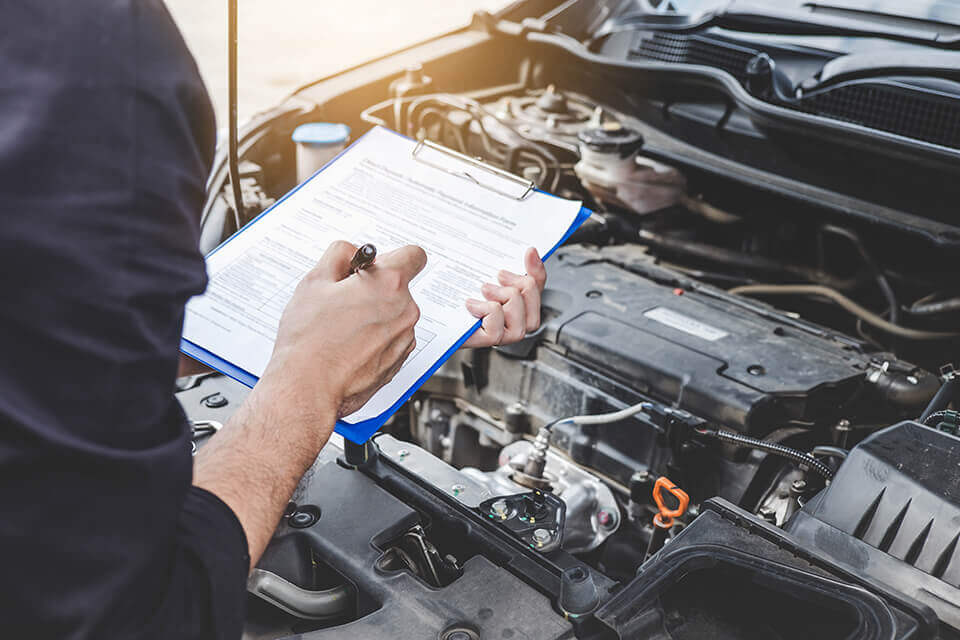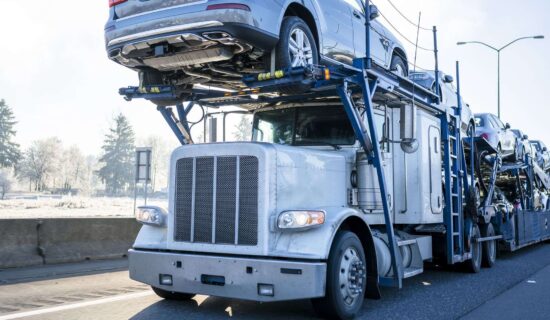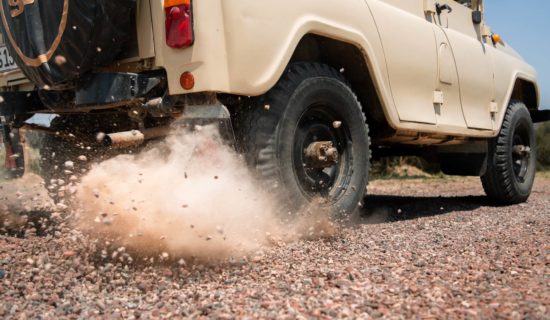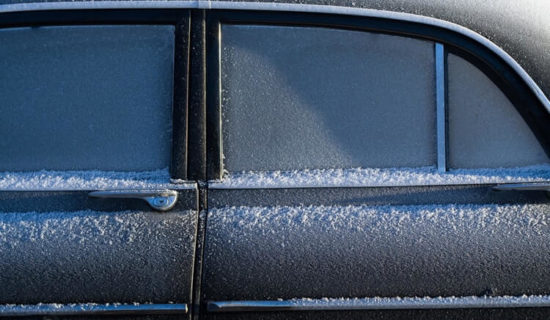Steam From Your Radiator Is Always a Bad Sign
Even worse than engine overheating is seeing steam or smoke coming from under your hood. This is always a sign of trouble and likely severe damage to the engine. When this happens, you should pull over immediately, as it is not safe to drive a car that has steam coming out from the hood. Contact the tow truck to take the vehicle to the nearest mechanic – while this is expensive, it is the best solution.
You could get hurt or the engine can get totally damaged if you continue driving, which will only end up costing you more money. Calling a tow truck is a cheaper and safer solution.
Don’t poke around before the engine completely cools off – wait for however long it takes, if you want to inspect the car by yourself. It’s extremely dangerous to poke around the engine while the coolant is scalding hot. You could get hurt badly.
